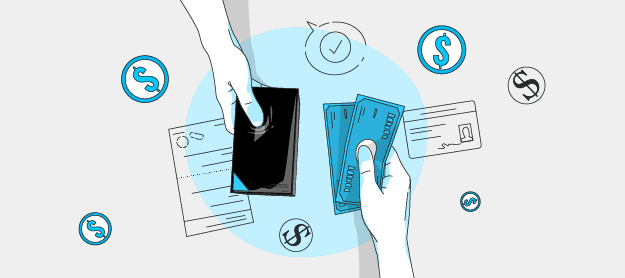Sometimes, resorting to a loan or credit may be the only option to face an emergency, finance a project or meet economic responsibilities. Getting into debt is not necessarily a bad thing, as long as it is done responsibly and the appropriate limits are known so as not to compromise personal or family financial stability.

A general rule of thumb used by financial experts is that the total of your monthly debts including loan payments, credit cards, financing, etc. should not exceed 30% of your net income. This means that if you earn US$500 a month, your debt commitments should not exceed US$150, so that the rest can be used for your basic needs and savings.
To calculate this limit, simply add up all your active debts and divide that amount by your monthly income. If the result is greater than 30%, you are in the risk zone and should look for strategies to reduce your commitments. Some of these strategies may include consolidating debts, refinancing loans with better terms or avoiding new obligations until you stabilize.

It is also important to evaluate the type of debt you are acquiring. Productive debts such as those invested in education or a business can bring long-term benefits, while impulsive consumption debts tend to generate more problems. Before applying for a loan, thoroughly review the terms, interest rates, terms, and additional fees.
Keeping a conscious control of your finances and knowing your debt limits will help you make better decisions and prevent debt from becoming an unsustainable burden. The goal is not to avoid debt altogether, but to use it as a financial tool with intelligence and planning.








